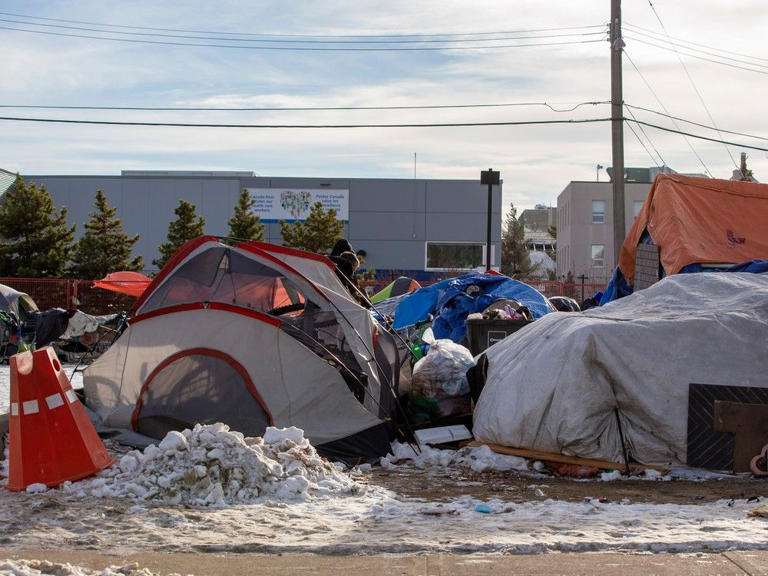DOWN HWY 93
Banff council given extension to decide on emergency response plan in Kootenay National ParkStory by Olivia Condon • Yesterday - Calgary Herald
The Town of Banff will have more time to decide what type of emergency response service — if any — it will offer along Highway 93 S. in Kootenay National Park, after Parks Canada granted an extension on a contract it had previously terminated a year early.
At a Monday meeting, Banff council heard they’ll have until Dec. 31, 2023, to decide if and how the Banff Fire Department will respond to emergencies on the highway when the current contract with Parks Canada ends.
The contract, signed in 2014 between the town and Parks Canada, was set to expire at the end of next year. Earlier this month, Parks notified the town the contract would be terminated a year early, only to walk that back and grant an extension to the original end date.
Banff’s fire chief and protective services director Silvio Adamo told council Monday that before signing the contract in 2014, the department has been providing emergency services along that stretch of highway in partnership with the Town of Invermere since as long as the organization has existed, without any formal agreement or compensation.
In the past nearly nine years, the department has been compensated by the federal government to provide response services for road rescues and medical emergencies, as well as fire and hazardous material incidents.
One option is to enter an agreement with Emergency Management British Columbia (EMBC), Adamo said, adding he has concerns with this choice because of the specific and restrictive nature of EMBC’s response strategy and compensation.
“EMBC will not compensate a municipality or an agency for responding for medical emergencies, hazmat, fires, and the one thing that dictates their compensation is if someone is entrapped or needs extrication out of a vehicle or structure,” he said.
EMBC will pay $360 an hour only if someone needs to be extricated from a vehicle, regardless of how many apparatus the fire department brings to the scene or the time of day.
“When we set the pagers off for our membership during the day, it costs us somewhere between $1,000 to $1,200 to do that, and after the hours of 11 p.m. to 7 a.m. it’s double that,” he said. “So as far as cost recovery, it doesn’t come even close, and again there’s a large gap in what they will compensate for and what we normally respond to in emergencies.”
The Town of Invermere is also concerned about having to pick up the slack if the Banff Fire Department elects not to enter an agreement with EMBC once the contract expires, after which it will have no legal obligation to respond to emergencies in Kootenay National Park.
Adamo said the choice is between moral responsibility and cost.
“Obviously, we always want to do the right thing, that’s the business we’re in is helping people and we want to do the right thing regardless, but we are doing it at the expense of our ratepayers and it will increase that expense as we move forward outside of this contract and if we enter into an EMBC contract,” Adamo said.
Coun. Chip Olver said Monday that the issue is putting the fire department and the town in an uncomfortable situation.
“I’m concerned for the people on that highway when this contract ends, that if their vehicle is squashed enough that they need to be extricated that they will get a certain level of response but for other situations they won’t, and I think it’s a busy highway and it’s unfortunate that this is changing. Really unfortunate,” she said.
The moral effect of the situation is one Mayor Corrie DiManno said she’s relieved council doesn’t have to make right now, but acknowledged it will ultimately have to be made.
“There’s a real sense of a moral obligation to try and do our best to respond to incidents on that section of highway,” DiManno said. “Those could be visitors to Banff, those could be residents of Banff, and that’s where that sense of moral obligation really comes from.”
Further discussions with EMBC and the town of Invermere are in the works before council will hear back from administration to make a final decision no later than the third quarter of 2023.
ocondon@postmedia.com










.jpg)



